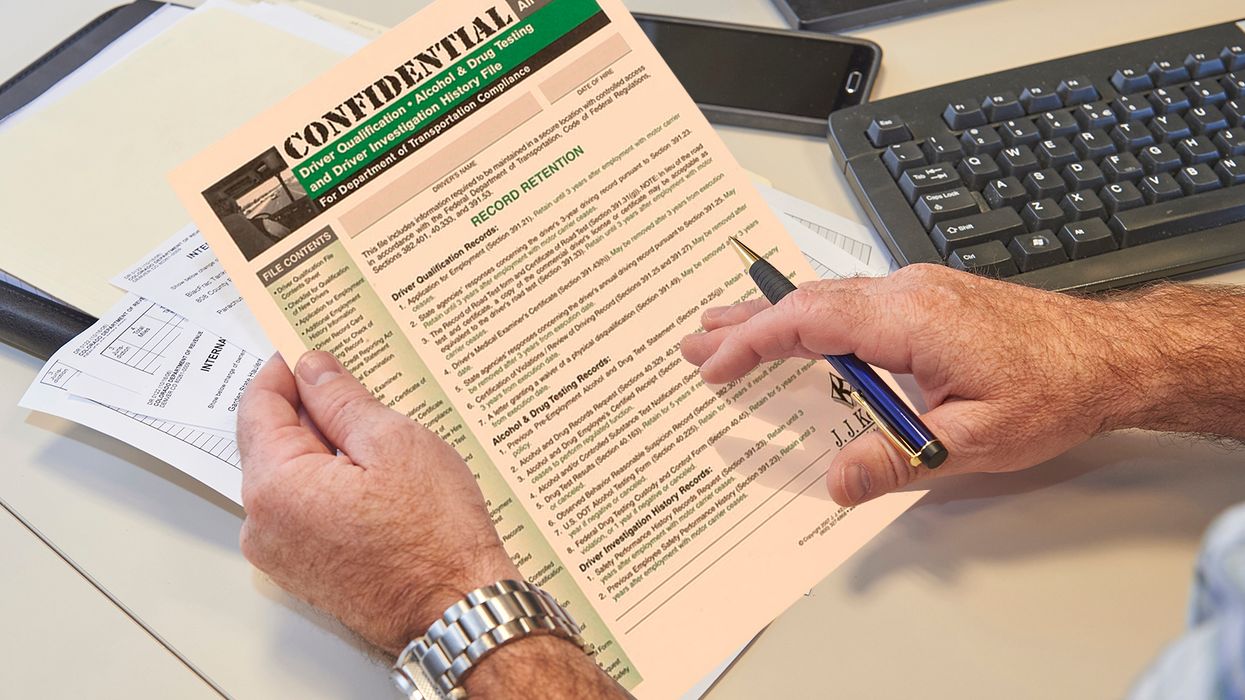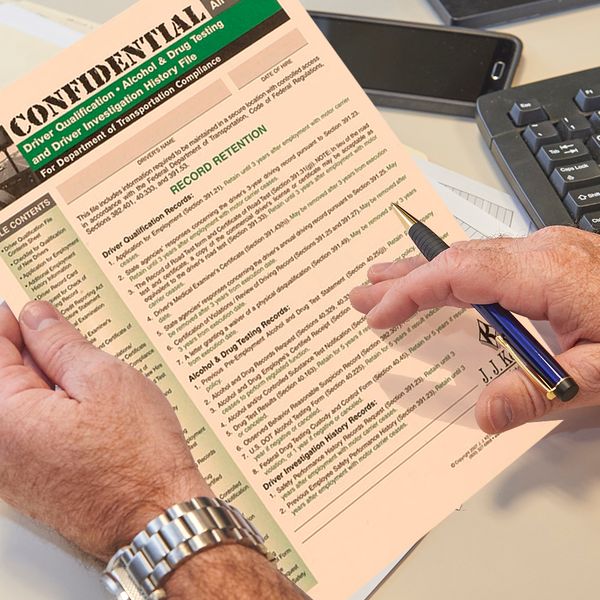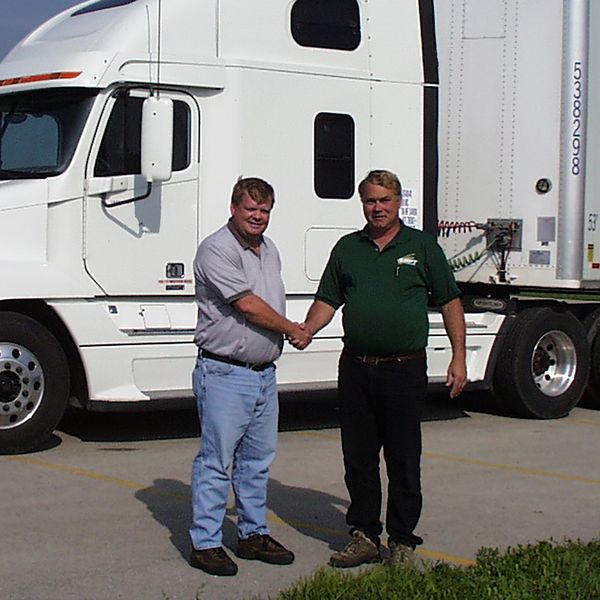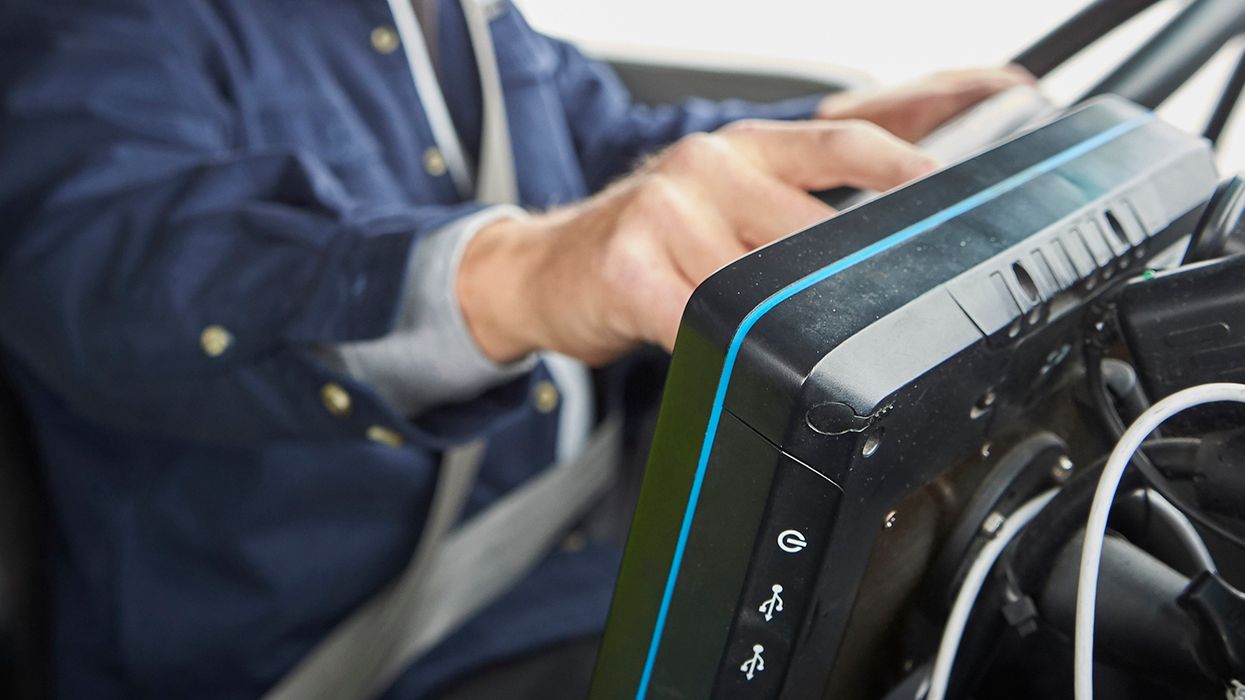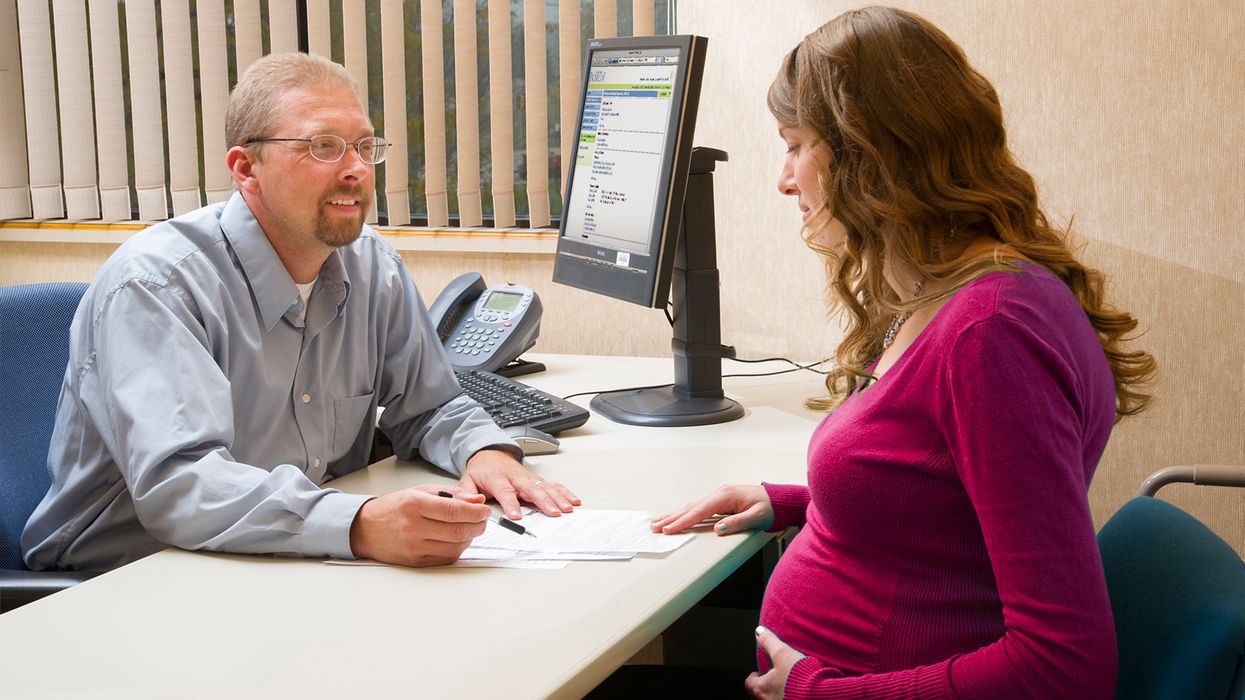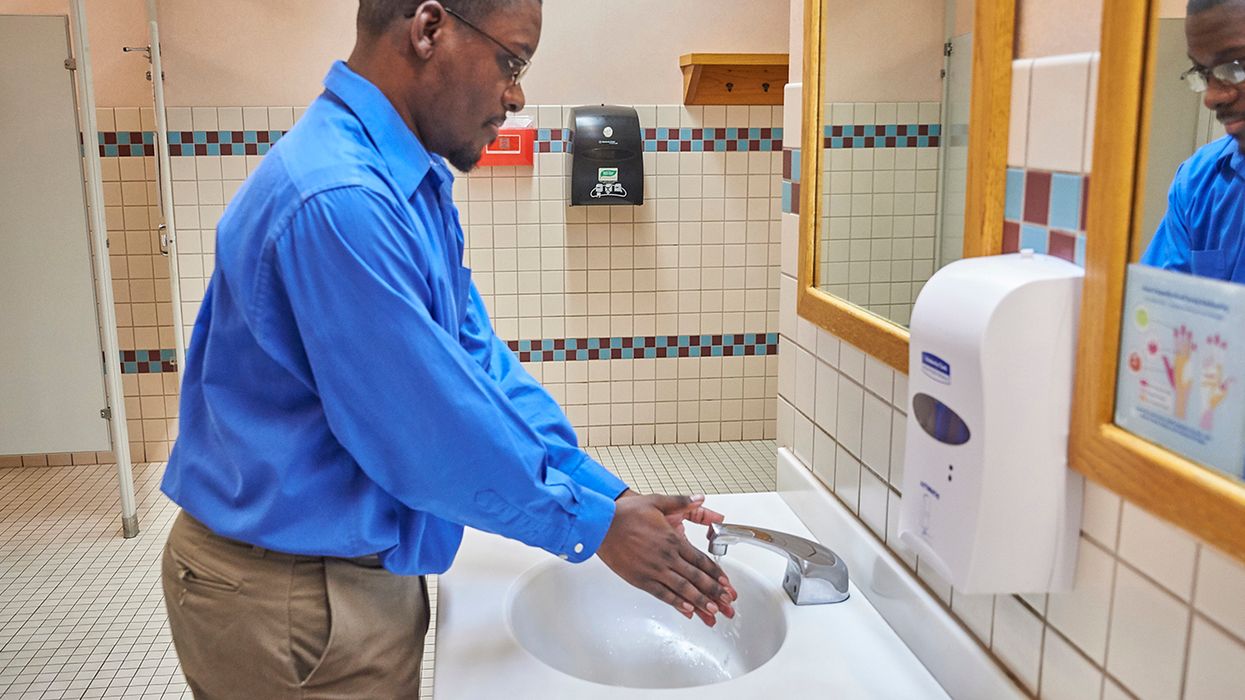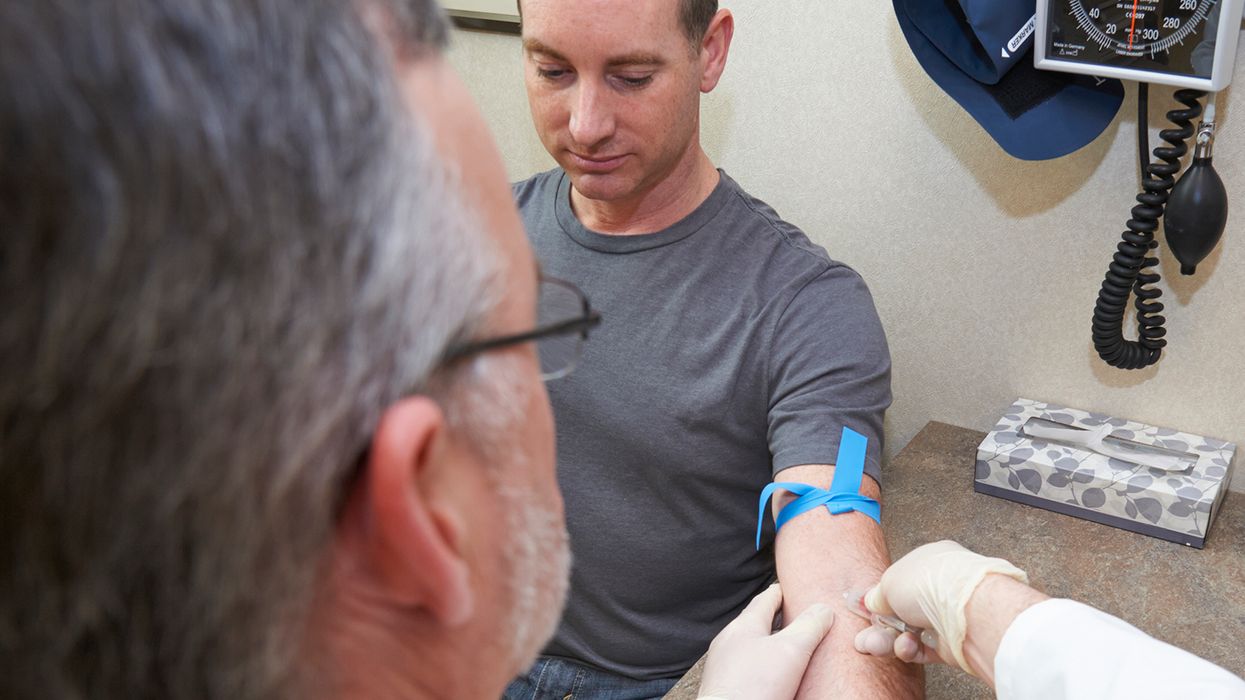Timing is everything for new drivers: When to do 5 critical qualification steps
A fleet of properly qualified drivers depends on understanding when to execute each step for new drivers without causing additional costs, work, or violations.
The best time for 5 new driver qualification steps
The timing of five driver qualification (DQ) and Department of Transportation (DOT) drug and alcohol testing program actions is covered below:
1. Commercial Driver’s License (CDL) and non-CDL driver pre-hire motor vehicle records (MVRs)
Licensing systems update at least monthly with violations and crashes from other jurisdictions. Carriers do not want to miss a recent crash or unsafe driving violation like speeding, following too close, or using a handheld cell phone while vetting the driver for hire.
The Federal Motor Carrier Safety Regulations (FMCSRs) allow carriers to run a MVR up to 30 days after the hire date. As a risk management best practice, run the MVR within 30 days of the hire date before the driver operates a commercial motor vehicle (CMV).
2. CDL drivers’ proof of medical certification MVRs
The MVR must be in the DQ file within 15 days of each DOT medical exam. The medical card is temporary proof of certification during those 15 days. If a carrier requests an MVR too soon, a week after the exam, for example, they may have to rerun the MVR until it reflects the new certification date.
To meet the 15-day requirement, a CDL driver should submit each new medical card to the licensing agency no more than five days after the exam to allow for the 10 days that the licensing agency has to update the CDL Information System (CDLIS) with the new information.
If the MVR is not showing the new certification date and it is over the 15-day limit, this may be due to the type of MVR requested. Some states offer different tiers of MVRs that show different information. A specific tier may only show traffic citations and crashes, whereas another tier may show the medical status only or the driving record and medical status. After confirming the correct MVR was requested, verify if and when the licensing authority received the medical card.
Suppose a carrier accepts a newly hired CDL driver’s current medical certification with time left until the driver needs a new exam. In that case, a copy of the MVR must be placed in the DQ file before the driver operates a CMV.
3. CDL or Commercial Learner’s Permit (CLP) holder placement in a Department of Transportation (DOT) drug and alcohol testing program
Individuals cannot be subject to Part 382 DOT testing until they hold at least a Commercial Learner’s Permit (CLP). If a driver intending to obtain a CLP, is in only a ride-along observational status, for example, this would be too soon to be in a DOT testing program. An individual without a CLP cannot legally perform a safety-sensitive function as defined in 382.107.
4. The first drug test for an employee that transfers to a safety-sensitive position
When someone transfers to a safety-senstive position from a non-CDL CMV or non-regulated driving position while at the same employer, the initial test in that employer’s DOT program must be a pre-employment test, despite already working for them. The deciding factor is if the driver was not subject to DOT testing previously while with the carrier. A random test cannot be the first DOT drug or alcohol test for a driver who is upgrading to a CDL License or just now utilizing an existing CDL with a carrier.
5. CDL driver pre-employment drug test and full query
A driver must be in the carrier’s random pool within 30 days of the pre-employment test and no later than operating a CDL CMV in support of the carrier’s business. If the driver is not placed in the DOT random pool within 30 days due to hiring delays, the driver will have to go through another pre-employment test.
For drivers transferring or hiring into a CDL position, and before operating a CDL CMV or engaging in any safety-sensitive functions, also do the following steps:
- Conduct a pre-employment query of the Clearinghouse no more than 30 days before the hire date, as a best practice,
- Issue the driver a copy of the company DOT testing policy, and
- Ask the driver about previously failed DOT pre-employment tests within the immediate two years (40.25(j)).
Key to remember: Carriers must know the timing of qualification steps to meet regulatory requirements, avoid additional costs, and review critical information relevant to hiring decisions.

